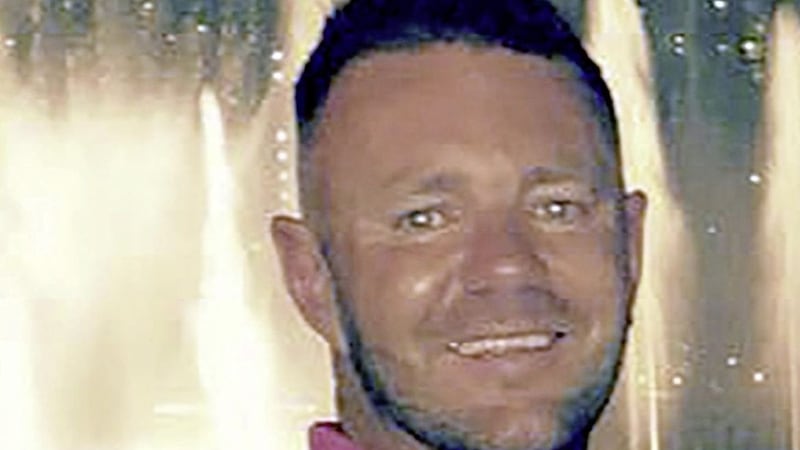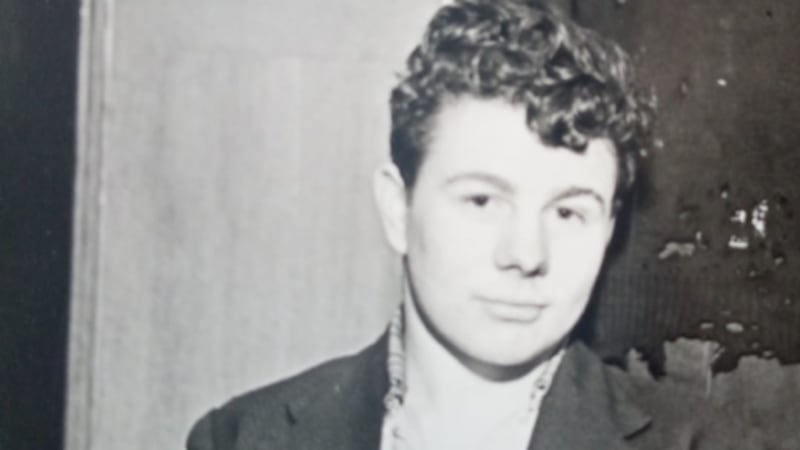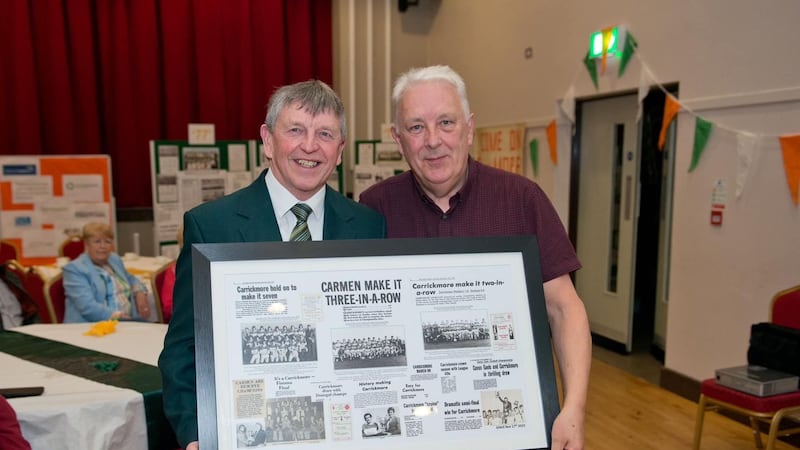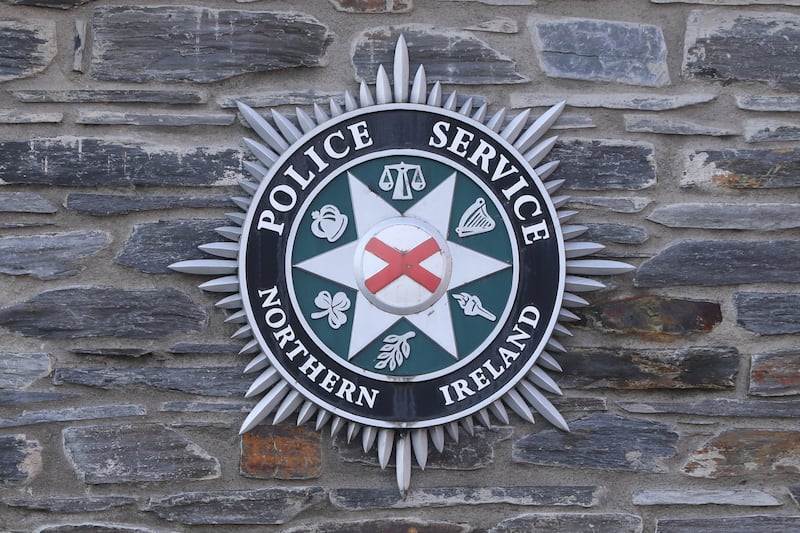The PSNI missed opportunities to identify the subject of a dissident republican threat, six months before he was murdered in December 2018, a Police Ombudsman investigation has found.
Jim Donegan was shot dead by a lone gunman while waiting to collect his son outside a school on the Glen Road in west Belfast on December 4 2018.
Ombudsman Marie Anderson said that on June 7 that year police had received intelligence that dissident republicans were planning to shoot an unnamed man “they believed to be involved in the sale of illegal drugs”.
The intelligence identified the type of car driven by the man and stated that he regularly picked up his son from a school on the Glen Road, but provided no date for the anticipated attack.
Members of Mr Donegan’s family told Police Ombudsman investigators that if he had been made aware of the threat he would have changed his routine so as not to put his son at risk.
Mrs Anderson said a failure by police to link Mr Donegan to the threat and warn him about it had “deprived him of the opportunity of taking preventative measures”.
Although she said police had faced challenges in identifying Mr Donegan as the subject of the threat, she found that additional research of the police computer system at an early stage would have been likely to have made such a link.
Mrs Anderson said: “As that did not happen, no threat management process was put in place.
“This meant that police failed to effectively fulfil their obligation to take preventative measures to protect someone whose life was at risk.”
The ombudsman welcomed the PSNI’s acceptance and implementation of her recommendation for additional training for intelligence officers to help prevent a recurrence.

Her investigators established that after receiving intelligence about the threat, police made a series of inquiries in a bid to identify the car and the unnamed person referred to in the threat report.
Although a number of people were identified as potential targets, none were Mr Donegan.
Within just over a month of the threat having been received, further inquiries had ruled out each of these individuals.
Ombudsman investigators said there were a number of reasons why police had failed to identify Mr Donegan as its subject.
One of these was the inability of police to link him to a car of the same make mentioned in the threat message.
Although Mr Donegan did own and drive a car of that make, at the time of the threat it was registered to his wife.
It was among a number of vehicles identified through police inquiries as potentially matching the details of the threat message.
A police intelligence officer accessed details of all these vehicles and their registered owners, including Mr Donegan’s wife.
However, although her relationship with Mr Donegan was referenced, the officer made no checks in relation to him.
Mrs Anderson said: “Some additional inquiries at that early stage, in particular checking Mr Donegan’s profile, would have revealed that he had previously been the subject of a number of threats from dissident republicans and was likely to be the unnamed person referred to in the threat message.”
When interviewed, the officer who made those inquiries said he had not been aware of Mr Donegan or the previous threats against him.
Mrs Anderson said that if the officer had not retired before the conclusion of her inquiries she would have made performance and disciplinary recommendations in relation to the failure to make all reasonable inquiries and for omitting to make appropriate records of the inquiries he had undertaken.
The ombudsman said that five weeks after police became aware of the threat, Mr Donegan bought a Porsche and his personalised registration plate was then fitted to that vehicle.
He was in the Porsche at the time of his murder.
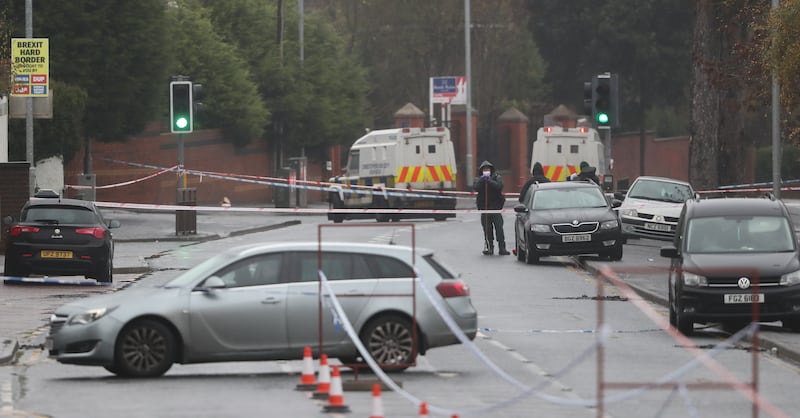
Mrs Anderson also noted that police records included previous entries linking Mr Donegan to the personalised registration plate.
This information had not been entered into the vehicles section of his police profile.
Mr Donegan was the subject of intelligence about two other dissident republican threats in June 2018, the ombudsman said.
“Police dealt appropriately with both these threats, meeting Mr Donegan and providing him with security advice,” said Mrs Anderson.
“Regretfully, the threat which family members have stated would have been most likely to have resulted in him changing his routine – given that it mentioned his son and a school – was the one which police were unable to associate with him and therefore did not warn him about.”
PSNI Assistant Chief Constable Davy Beck said the force would take time to “meticulously review” the findings of the ombudsman report.
He added: “As with any unsolved murder, this case remains open and I’m taking this opportunity to reiterate our appeal to anyone with information to come forward.
“This was a cold-blooded execution, which has left a loving family bereft.”
